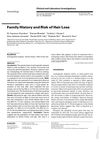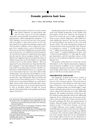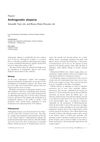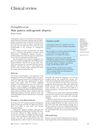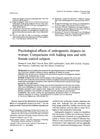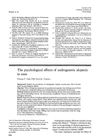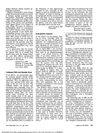Androgenetic Alopecia in Adolescents: A Report of 43 Cases
October 2006
in “
Journal of Dermatology
”

TLDR Teen hair loss common in boys, linked to family history and mild symptoms.
This study analyzed 43 cases of androgenetic alopecia (AGA) in Korean adolescents, with a male predominance and a mean age at onset of 16.8 years. The patients showed milder symptoms than adults, and a family history of alopecia was found in 72.1%. Seborrheic dermatitis was the most common condition associated with AGA, followed by acne vulgaris and atopic dermatitis. Serum hormone levels were within normal limits, except in one subject. The study suggests that adolescents with a family history of alopecia warrant concern as they may easily withdraw psychologically and avoid social activities due to AGA development, although this tends to affect girls more so than boys.

